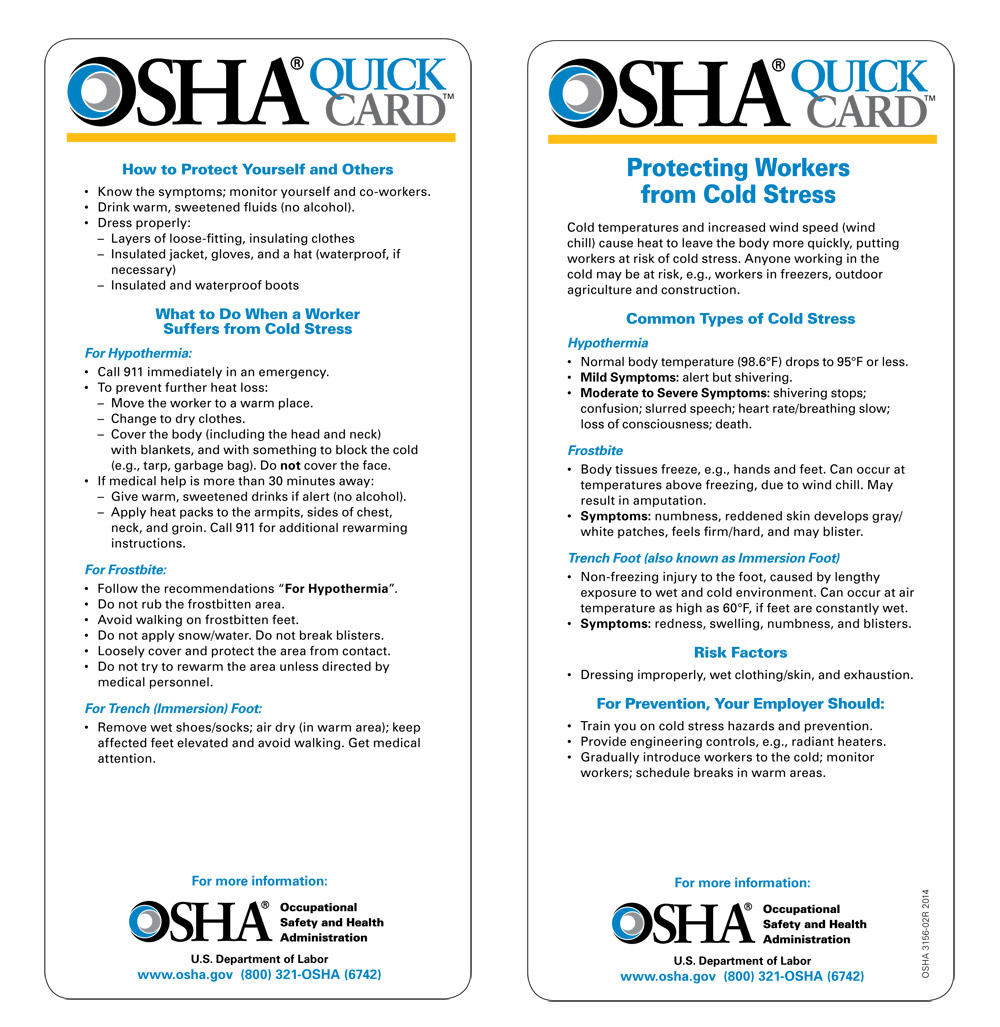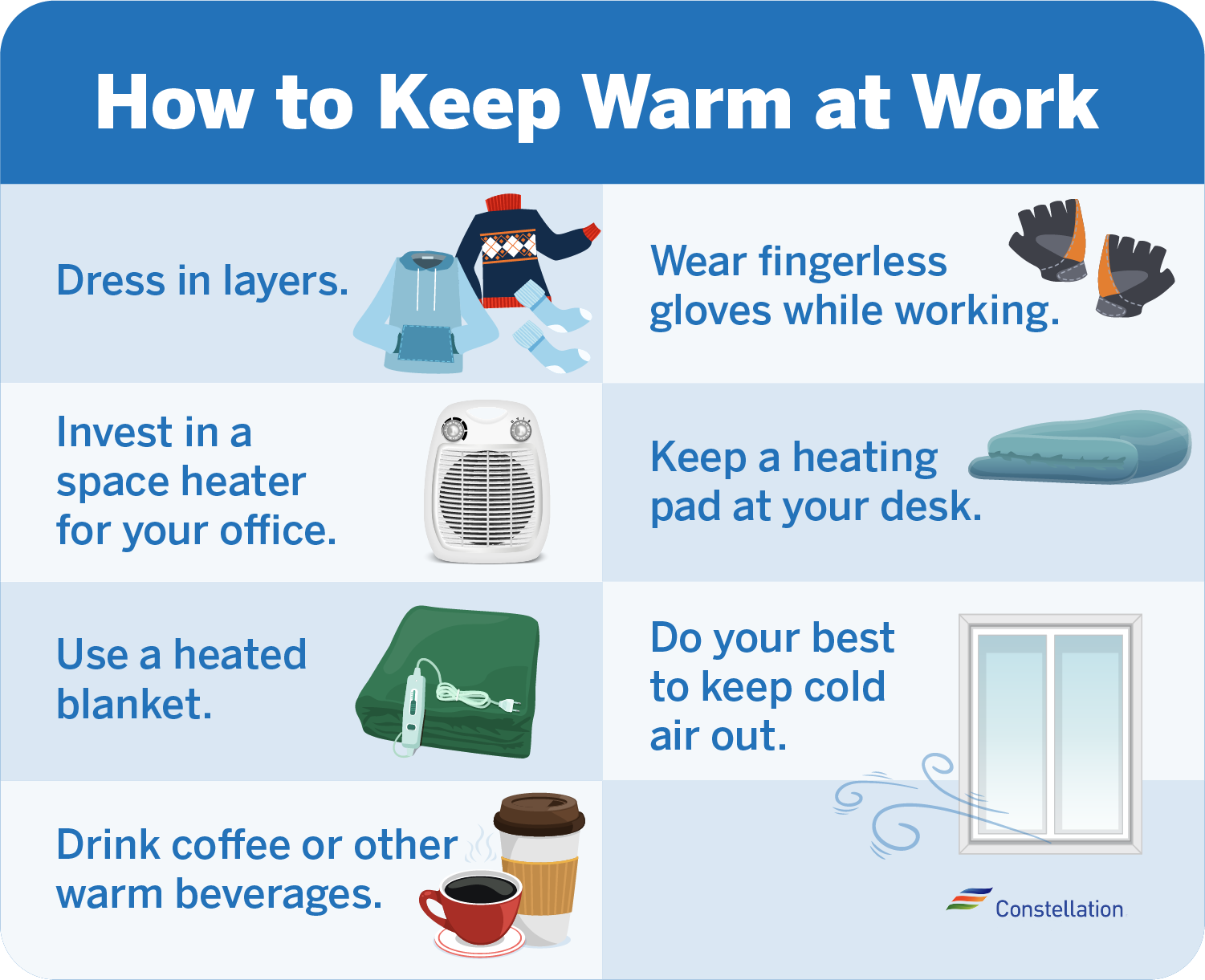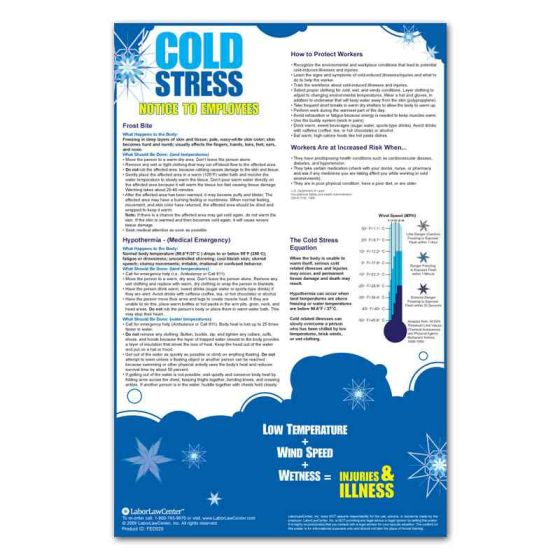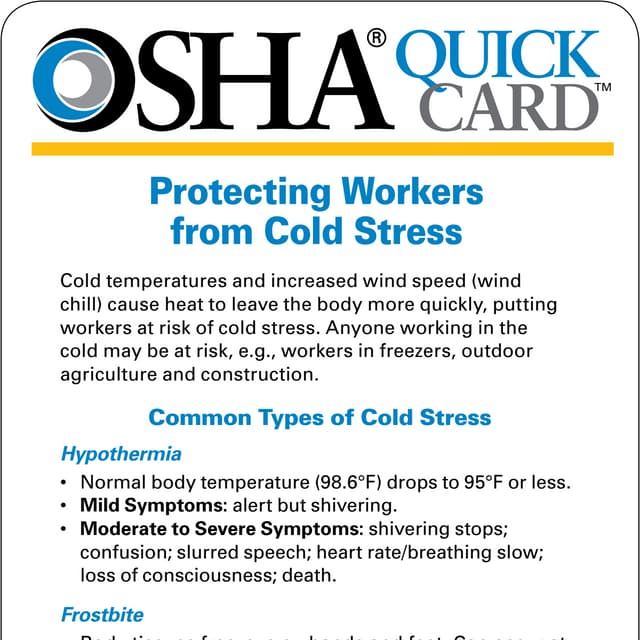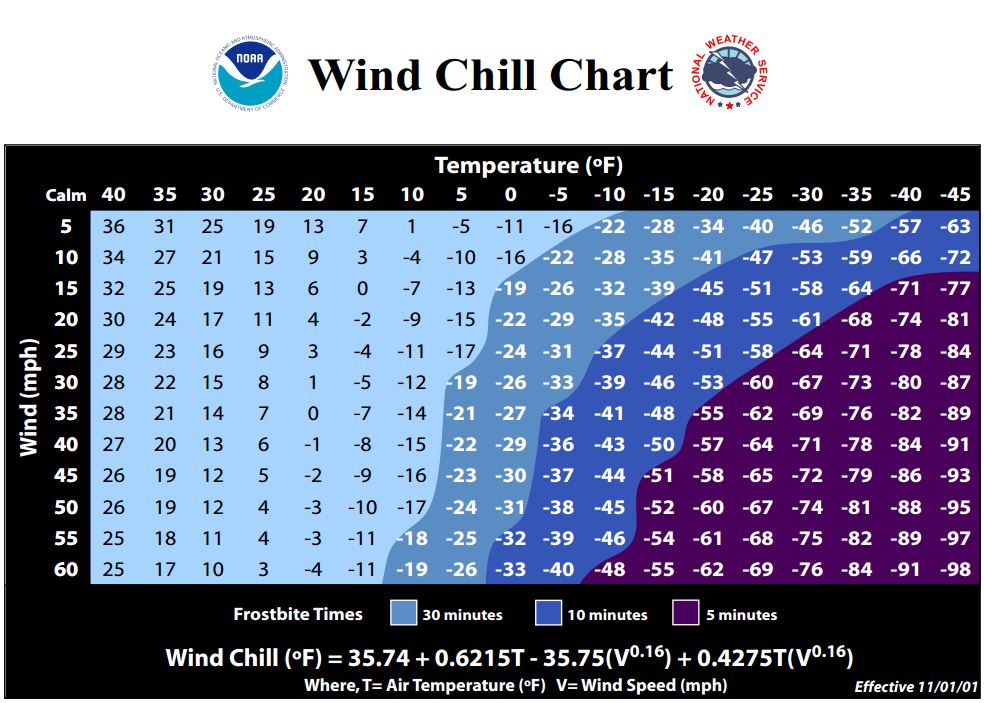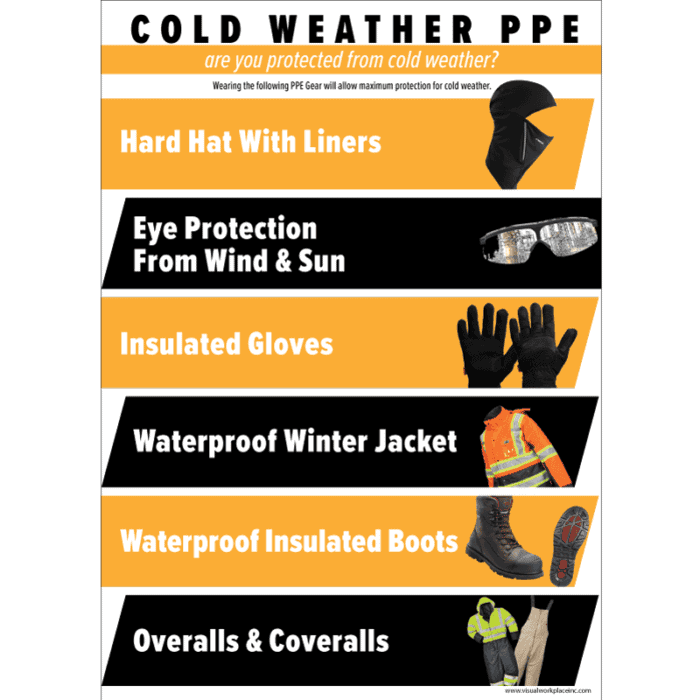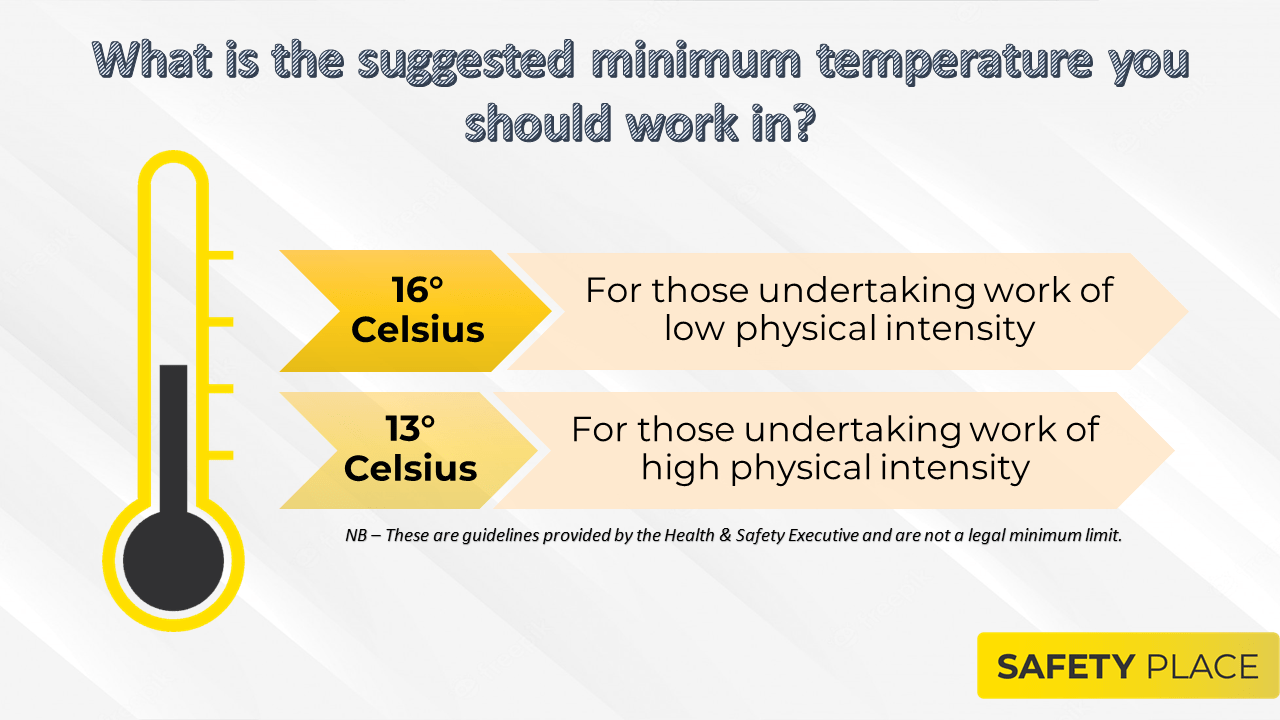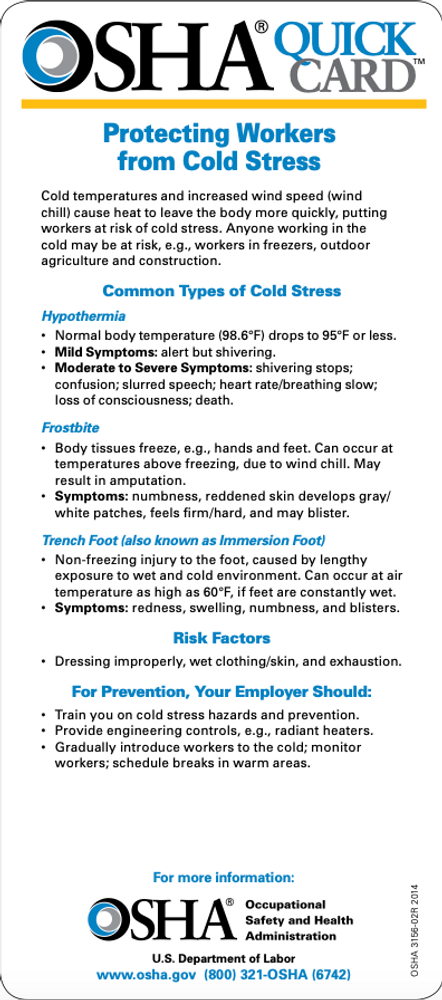Osha Regulations For Cold Temperature In Workplace

Workers face immediate and significant risks as winter approaches, prompting renewed calls for stringent enforcement of OSHA regulations regarding cold temperatures in the workplace. Employers must act now to protect their employees from cold-related illnesses and injuries.
This article outlines key OSHA guidelines and best practices for ensuring worker safety in cold environments, addressing the who, what, where, when, why, and how of cold weather workplace safety to ensure clarity and immediacy. Failure to comply can result in serious health consequences and costly penalties.
Understanding OSHA's Stance on Cold Stress
OSHA does not have a specific, comprehensive standard for cold weather conditions. Instead, it relies on the General Duty Clause, Section 5(a)(1) of the Occupational Safety and Health Act of 1970.
This clause requires employers to provide a workplace free from recognized hazards that are causing or are likely to cause death or serious physical harm to employees, including those related to cold stress.
Who is at Risk?
Workers in various industries face heightened risks from cold exposure. These include construction, agriculture, transportation, emergency response, and delivery services.
Individuals with pre-existing conditions such as cardiovascular disease, diabetes, and hypertension are particularly vulnerable, as are those taking certain medications that may impair cold tolerance.
What are the Hazards?
Cold stress can lead to a range of health problems. These problems include hypothermia, frostbite, trench foot (also known as immersion foot), and chilblains.
Hypothermia occurs when the body loses heat faster than it can produce it, leading to a dangerously low body temperature. Frostbite is tissue damage resulting from freezing, commonly affecting extremities like fingers, toes, ears, and nose.
Trench foot develops from prolonged exposure to wet and cold conditions, damaging skin, nerve tissue, and blood vessels. Chilblains are characterized by inflammation of small blood vessels in the skin due to repeated exposure to cold but non-freezing air.
Where and When are Workers Most Vulnerable?
Any outdoor work environment where temperatures drop below freezing poses a risk. Indoor environments lacking adequate heating or insulation also present dangers.
Risks are amplified during periods of high wind chill or when workers are exposed to moisture, such as rain, snow, or ice. Early morning and late evening shifts are often the coldest.
How to Mitigate Risks: Employer Responsibilities
Employers have a crucial role in protecting their workforce. They should implement a comprehensive cold weather safety program.
This program should include engineering controls, administrative controls, and personal protective equipment (PPE). It's the employer's responsibility to train the staff.
Engineering Controls
Engineering controls involve modifying the workplace to reduce exposure to cold. Examples include providing temporary shelters, radiant heaters, and windbreaks.
Ensure proper insulation in indoor workspaces and repair any leaks or drafts that allow cold air to enter. Rotate job functions to limit the amount of time workers spend in the cold.
Administrative Controls
Administrative controls focus on implementing work practices and procedures to minimize risk. Schedule frequent breaks in warm areas.
Adjust work schedules to reduce the duration of exposure to cold environments. Implement a buddy system to monitor workers for signs of cold stress.
Personal Protective Equipment (PPE)
Providing appropriate PPE is critical for worker safety. This includes insulated clothing, hats, gloves, and waterproof boots.
Ensure PPE is properly fitted and maintained. Train workers on the correct use and care of PPE.
Training and Education
Comprehensive training is essential to ensure workers understand the risks of cold stress. Employees need to be trained to recognize the signs and symptoms of cold-related illnesses.
Training should cover appropriate first aid procedures, proper clothing practices, and the importance of hydration and nutrition in cold weather.
First Aid and Emergency Procedures
Establish clear first aid and emergency procedures for cold-related injuries. Ensure access to first aid supplies and medical assistance.
Train designated personnel in first aid techniques for hypothermia, frostbite, and other cold-related conditions.
OSHA Inspections and Enforcement
OSHA conducts inspections to ensure compliance with workplace safety regulations. Violations of the General Duty Clause related to cold stress can result in significant fines.
Employers are advised to proactively assess their workplaces for cold weather hazards and implement appropriate control measures to avoid penalties and protect their employees.
Recent Data and Trends
While specific OSHA data on cold-related workplace injuries is not always readily available, studies and reports from NIOSH (National Institute for Occupational Safety and Health) highlight the ongoing risks.
These reports indicate that certain industries, such as construction, consistently experience a higher incidence of cold-related illnesses during winter months. Emphasis on prevention is crucial.
Next Steps for Employers
Employers should immediately review their existing safety programs and update them to address cold weather hazards. Conduct a thorough risk assessment of all work areas.
Provide comprehensive training to all employees on cold stress prevention and first aid. Maintain open communication with workers to address concerns and improve safety practices.
Prioritize worker safety during the winter months to prevent unnecessary injuries and illnesses, fostering a healthy and productive work environment.
"Worker safety is not just a regulatory requirement; it's a moral imperative,"emphasizes Dr. [Insert Expert Name], a leading occupational health specialist.

